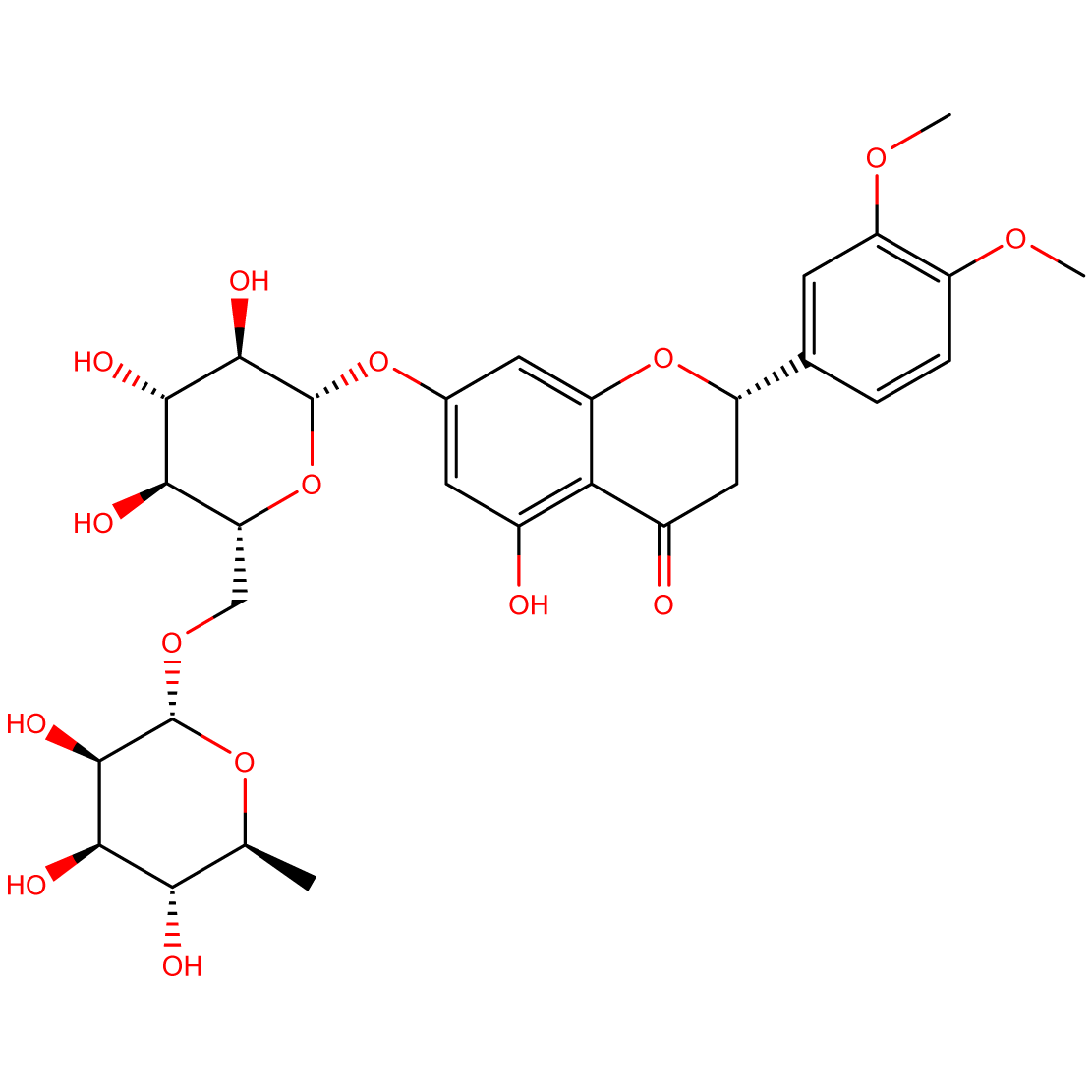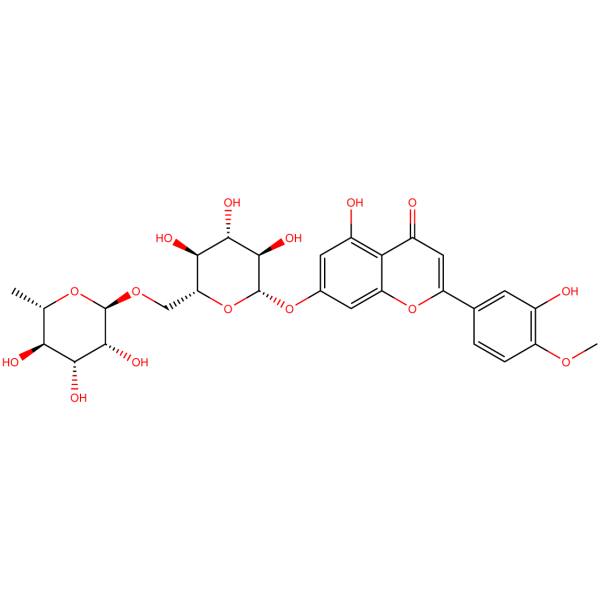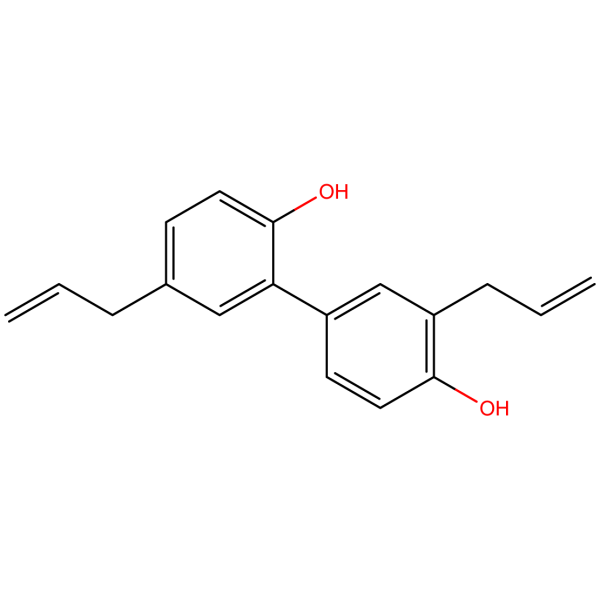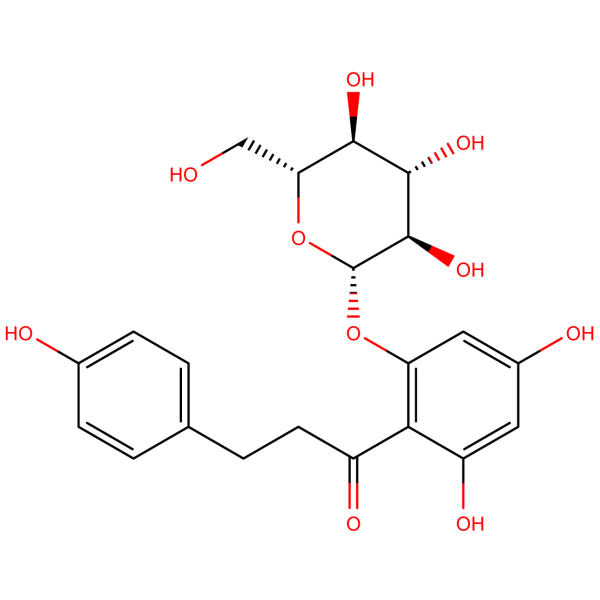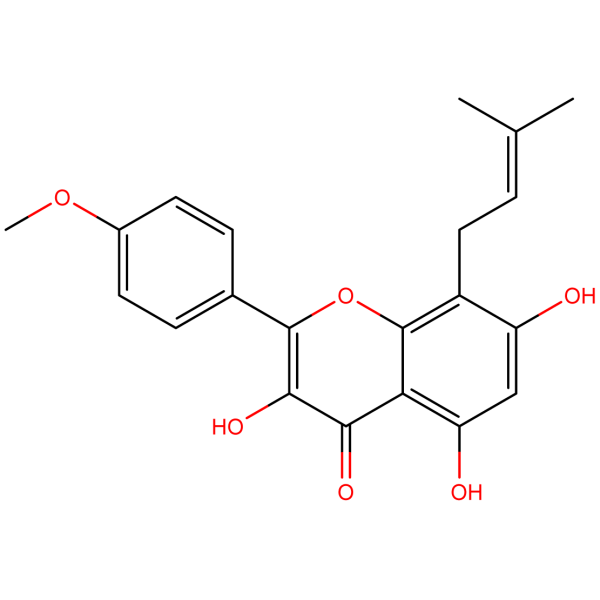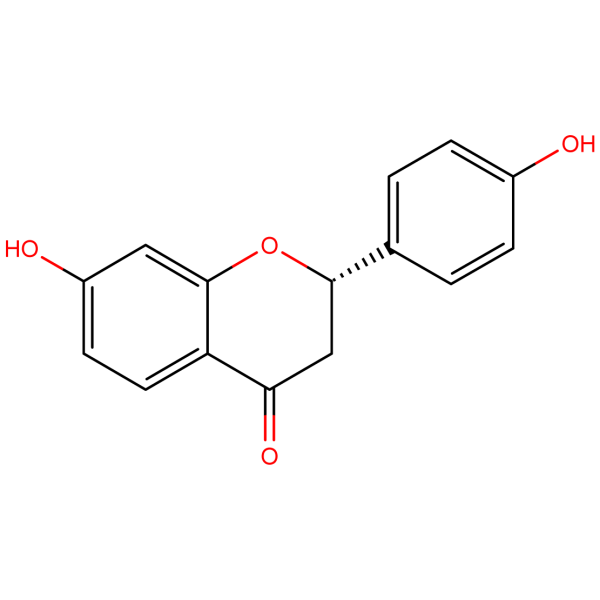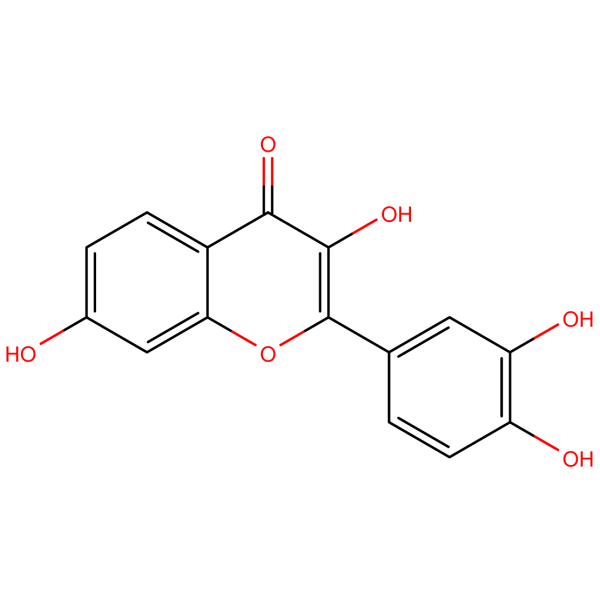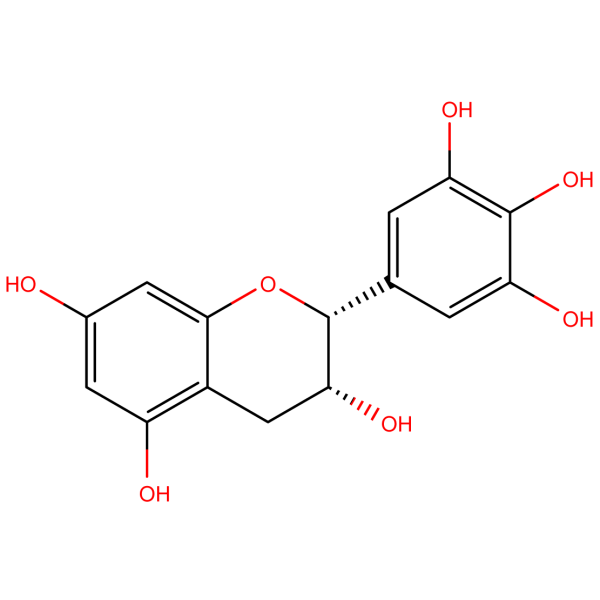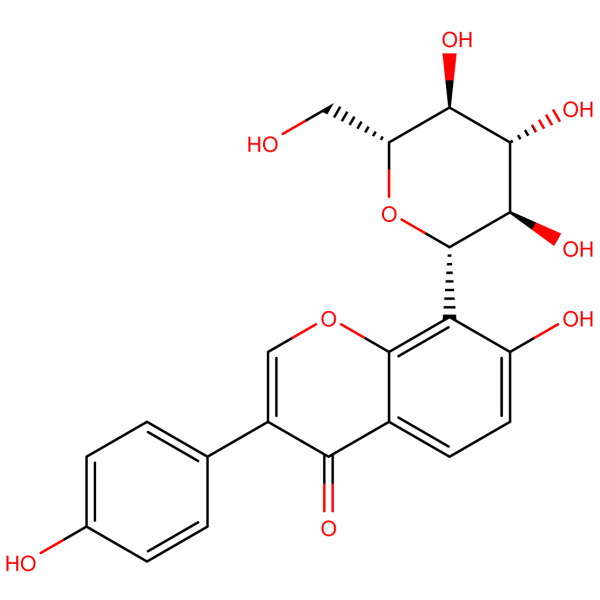Methylhesperidin: Advanced Flavonoid Derivative for Biomedical Research
1. Molecular Identity
- Chemical Name: 7-[[6-O-(6-Deoxy-α-L-mannopyranosyl)-β-D-glucopyranosyl]oxy]-5-hydroxy-2-(3-hydroxy-4-methoxyphenyl)-4H-1-benzopyran-4-one
- CAS Number: 11013-97-1
- Source: Semi-synthetic derivative of hesperidin, a flavonoid found in citrus fruits
2. Biochemical Significance
Methylhesperidin is a modified flavonoid with enhanced bioavailability and potential therapeutic properties. Its unique molecular structure contributes to its improved solubility and absorption compared to hesperidin, making it a compound of significant interest in pharmaceutical research and nutraceutical studies.
3. Key Properties of Methylhesperidin
- Enhanced Bioavailability: Demonstrates improved absorption compared to hesperidin
- Antioxidant: Exhibits free radical scavenging abilities
- Vasoprotective: Shows potential in improving vascular health
- Anti-inflammatory: Indicates efficacy in modulating inflammatory responses
4. Potential Research Applications
- Cardiovascular health studies
- Venous insufficiency investigations
- Metabolic disorder research
- Inflammatory condition studies
5. Current Research Focus
Ongoing studies are investigating Methylhesperidin’s effects on:
- Vascular permeability and endothelial function
- Lipid metabolism and cholesterol regulation
- Inflammatory mediators in various tissues
- Oxidative stress markers in cellular systems
6. Formulation Challenges and Innovations
Researchers are actively working on:
- Optimizing dosage forms for maximum bioavailability
- Developing targeted delivery systems for specific applications
- Creating synergistic combinations with other bioactive compounds
7. Regulatory Considerations
Methylhesperidin (CAS 11013-97-1) is primarily used in research settings and as a component in some dietary supplements. Its development for specific therapeutic applications would require comprehensive safety and efficacy evaluations to meet regulatory standards.
8. Future Research Directions
The scientific community anticipates:
- Advanced clinical trials for vascular and metabolic disorders
- Exploration of Methylhesperidin’s potential in combination therapies
- Investigation of its long-term effects on cardiovascular health
9. Collaborative Opportunities
We invite cardiologists, endocrinologists, pharmacologists, and academic institutions to explore the research potential of Methylhesperidin. For inquiries, collaborations, or to discuss how this compound can benefit your research projects, please contact us at sales@nstchemicals.com.
Join us in advancing biomedical research with Methylhesperidin– an advanced flavonoid derivative at the forefront of vascular health and metabolic research strategies.

